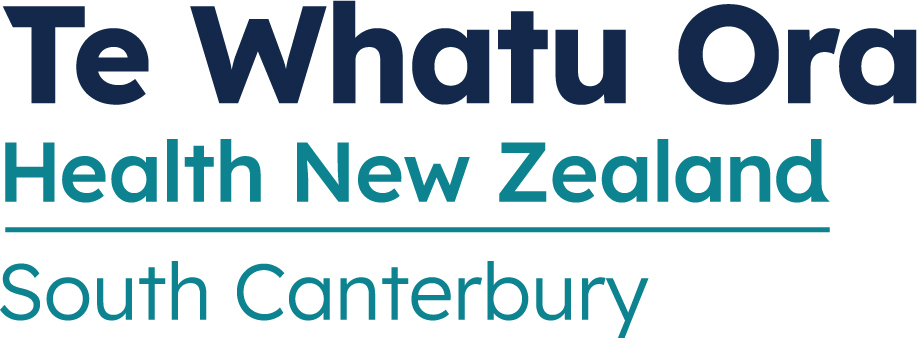Health Warning lifted for Algal Bloom in Pareora River/Pureora at Pareora Huts
Health New Zealand | Te Whatu Ora has lifted its algal bloom health warning issued for the Pareora River/Pureora at Pareora Huts. This was issued on 30 November 2023.
Recent cyanobacteria surveys of the Pareora River/Pureora at Pareora Huts has shown the cover of toxic algae (benthic cyanobacteria) in the river has reduced and is now below levels that are of concern to public health.
Dr Matthew Reid, Medical Officer of Health for the National Public Health Service, says Environment Canterbury’s monitoring of the Pareora River/Pureora will continue to the end of this summer and then will resume next summer when there is increased likelihood of cyanobacteria growth.
The warnings listed below remain in place for the following South Canterbury waterways due to ongoing algal blooms:
- Pareora River/Pureora at SH1
- Waihao River at Bradshaw Bridge
- Hae Hae Te Moana River at Gorge
- Opihi River at SH1
- Opihi River at Grassy Banks
- Opihi River at Saleyards Bridge
- Opihi River at Raincliff Bridge
- Temuka River at SH1
- Saltwater Creek at SH1.
Facts about benthic cyanobacteria:
- Appears as dark brown/black mats attached to rocks along the riverbed
- A low cover of the algae can occur naturally but can increase rapidly during warmer months. Algal blooms are influenced by a combination of available nutrients in the water and sediments (such as nitrogen and phosphorus), a sustained period of low and stable flows, and favourable weather conditions (e.g. increased temperature, calm days)
- It often has a strong musty smell and algal toxin concentrations can vary over short periods
- Although high river levels will remove the algal bloom, detached mats can accumulate along the shore and increase the risk of exposure to toxins
- If a health warning is in place avoid contact with the water
- Although district or city councils may place warning signs, these may not be seen at the numerous river access points, hence the need for people/ dog-walkers to treat every low-flowing river cautiously.
For further details visit: https://www.lawa.org.nz/explore-data/canterbury-region/
Or contact Te Mana Ora | Community and Public Health on (03) 364 1777:
https://www.cph.co.nz/your-health/recreational-water/
For more information about Mahinga Kai:
https://www.cph.co.nz/wp-content/uploads/saf0112.pdf
ENDS
For further information, contact:
Karen Berry
Public Health Communications Lead
National Public Health Service, Te Waipounamu
Health NZ
021 139 7442
kberry@scdhb.health.nz
